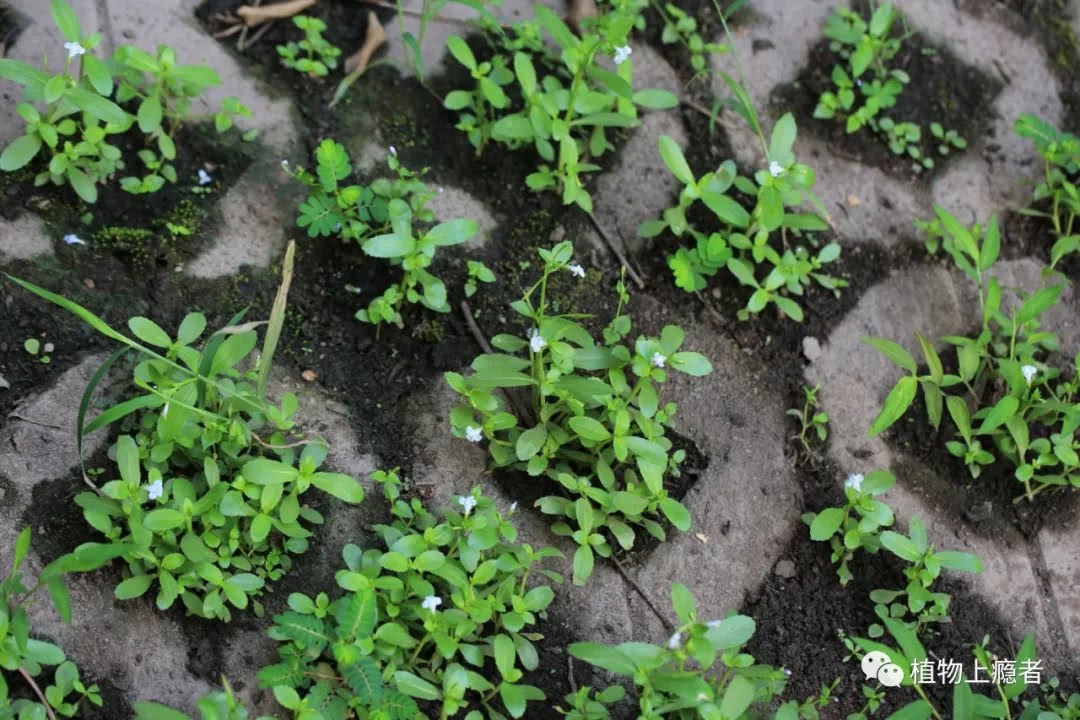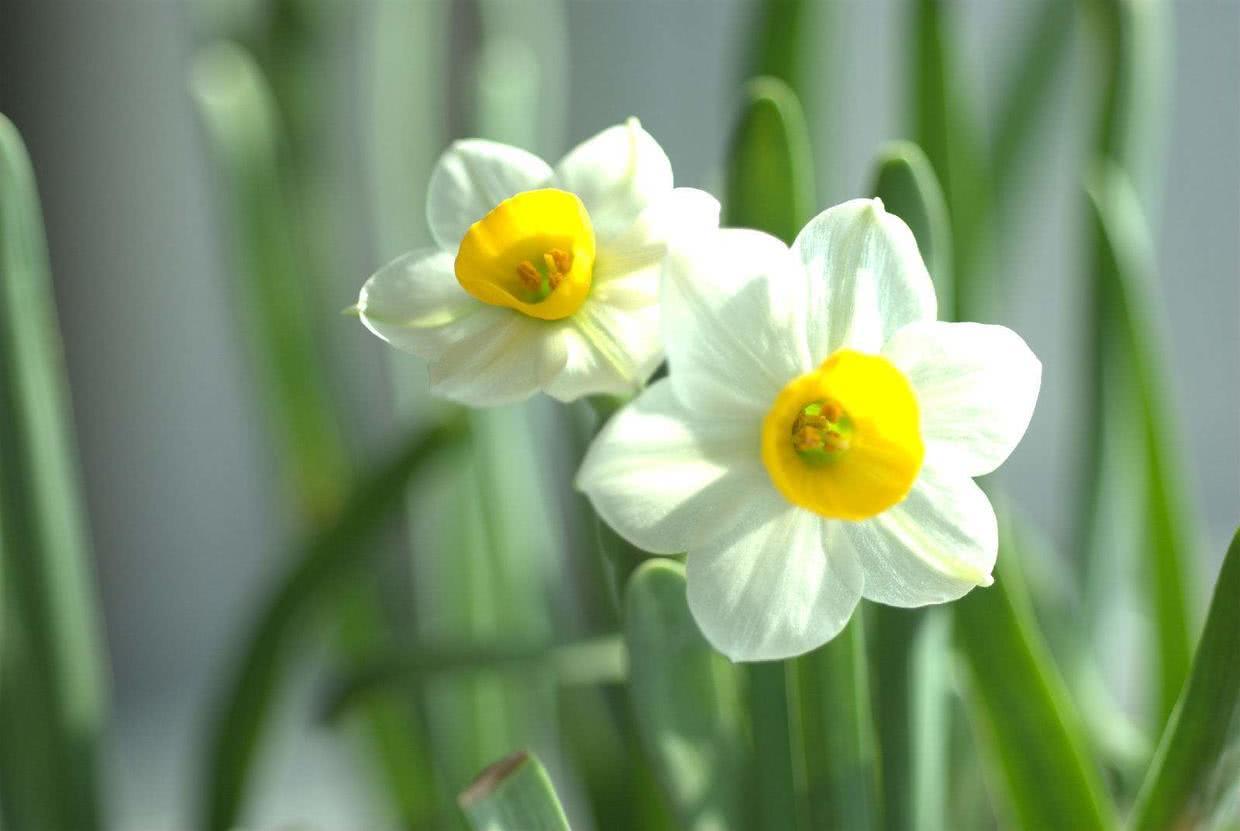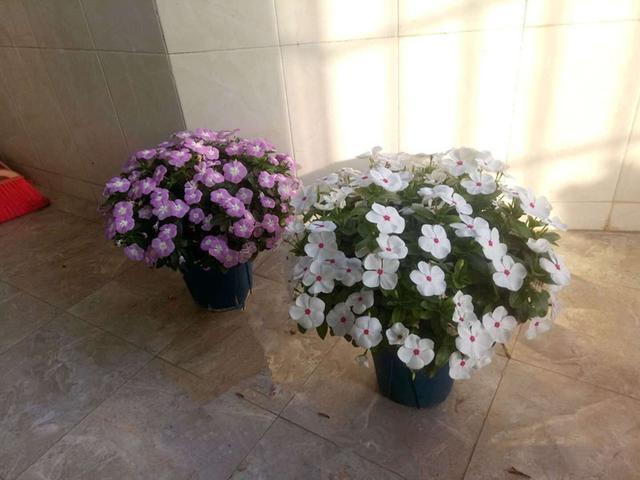This sister I have ever seen.

Mud flower and grass
Lindernia antipoda
Mother grass of Scrophulariaceae
Annual herbs
September is the season for mother grasses-in fact, this is an illusion.
This year I noticed that the mother grass had already bloomed in June. It's just that the whole summer is so hot that outdoor activities are almost reduced to zero, and the mother grass has a long florescence, so they come out of the air-conditioned room at the beginning of September and have sex twice at a time.
When I first met the mud flower and grass, I almost recognized it as dry land grass. They are really similar in shape, but they always feel that there is something wrong with them. If you take a closer look, you will find that the leaves of the two kinds are obviously different. The leaves of upland grass are wider and the edges are neatly serrated; for mud flowers, the leaves are slender and the edges are shallow and obtuse, and the difference is obvious.
The leaves of mud flowers are oblong, the edges are serrated and shallowly obtuse.
The edges of grass leaves in dry fields are serrated and neat.
Once you recognize Chu as a different species, compare it later, and the difference between the flowers will come out: the flowers of upland grass are slightly larger and the color is more purple; the upper lip is obviously wider and fatter, and curls backward. The flowers of mud flowers are white, the upper lip is nearly straight, and the Corolla is about two millimeters shorter. What they have in common is that they are all like the "Qinggong lip bite makeup" invented by my mother, with extremely flat lips; two strips of golden anthers can be seen in the throat, and flower friends jokingly call them "two gold teeth."
The flowers of mud flowers
Flowers of upland grass, like?
The following is relatively rare. I have met it twice in different places. The flowers are obviously more purple, and the serrated edges of the leaves are not very obvious. I have discussed with the flower friends, although it is not typical enough, it is still in line with the description of the flowers and leaves of mud flowers in Chinese Flora, and it will be regarded as it for the time being.
Atypical mud flowers and plants
Review, mother grass species have two sensitive points, one is the depth of calyx division, and the other is the length ratio of fruit to persistent calyx. Mud grass is the same as upland grass: Calyx is 5-parted to the base, capsules are slender and oblong, much longer than persistent calyx.
An interesting detail is that when the mud plant blossoms, the pedicel is tilted upward; when it comes to fruit, it makes a sharp turn of nearly 90 degrees and becomes a horizontal stretch. Lobelia lanceolata has similar characteristics. I'm sure there's something going on, though I haven't found the answer yet.
Calyx 5-parted to base, pedicel suberect
The capsule is much longer than the persistent calyx and extends horizontally.
Mud flowers and plants like to grow in wetlands, with weak plants, no more than ten or twenty centimeters tall. It has rained for several days recently, and I specially went to see them after the rain. The small white flowers were blown down all over the ground, and the tender green leaves were also stained with mud and dust. Zhang ailing's famous saying, "when she saw him, she became very low, low in the dust, but flowers bloomed in her heart." it was only the imagination of the literati, really low to the dust, and the flowers had long been withered.
The scientific name of the genus Lindernia is named after the 18th century German botanist Franz Linden (Franz Balthasar von Lindern). The seed addition word antipoda consists of the Greek root anti (opposite) + pous (foot), meaning the opposite. I don't know what it means. The English name of mud flowers and plants is also very puzzling. It is called sparrow false pimpernel. The three words are sparrow, fake and glazed wisps respectively, and together they do not know what to say.
Mud flowers and plants are also a medicine. Mr. Yang Shiyou of the Drug Inspection Institute of Yueqing City, Zhejiang Province, said in an article that Nihua grass is a medicinal material sold in Yueqing City in Hong Kong, Singapore and Taiwan over the years, and it is also a favorite medicine for local coastal fishermen. It is often brought to the sea in whole boxes, which can clear heat and dampness, remove blood stasis and reduce swelling. It is usually harvested in September and the whole grass is dried and used as medicine.
Long capsule mother grass
Nymphomaniacs have their own happiness: after getting to know a plant, when they meet its close relatives, they feel like Baoyu met Daiyu for the first time. "this sister, I have seen before." When you are really full of joy. There are more than 20 species of mother grass. Last autumn, I first met mother grass and dry field grass, and then I met long capsule mother grass and mud flower grass. I specially looked through the old articles of last year and found that two comments were particularly well written and were worth sharing with you:
@ Yi Liang: "looking at wild flowers, there is always a sense of surplus to steal joy from heaven and earth."
@ in the past: "only the breeze on the river and the bright moon in the mountains, the sound is heard by the ears, and the color is formed when the eyes meet, which is the common adaptation of my son and me. Add another thing that my son and I share, and that is the plants in the mountains. "
The four seasons reincarnation, wildflowers are the most trustworthy. Recognizing the mother grass is the exclusive joy of September, and I would like to share it with my son.
There are three kinds of two-lipped florets in the picture. Mud flower grass is Tongquan grass on the lower left and mother grass on the lower right.
Distribution:
Chongqing, Sichuan, Yunnan, Guizhou, Guangxi, Guangdong, Hunan, Hubei, Anhui, Jiangxi, Fujian, Zhejiang, Jiangsu and Taiwan provinces. It is widespread in tropical and subtropical areas from India to northern Australia. Growing on the edge of the field and in the damp grass.
The article and plant pictures (except for the origin) are all original by the author.
Your retweet compliment is the greatest support for me.
Plant addict
WeChat account: plantfiend
Discover the unique beauty of each plant
- Prev

Add two seeds to a daffodil and it delays flowering by a week.
Speaking of flower cultivation, everyone has different hobbies, so the flowers they cultivate are really all kinds. Huahua strolls around the circle of friends every day, and you can feast your eyes. When you see the beautiful flowers raised by flower friends, your mood changes all of a sudden.
- Next

The plant with the longest flowering period blossoms throughout the year and has high ornamental value, which is easy to feed. It is a good product for potted plants.
Guide green potted plants is a necessary embellishment of home life, raising some flowers and plants at home, many benefits, not only can beautify the room, but also happy mood. "Hua Sheng potted Diary No. 1293" takes you to know the plants with the longest flowering period. Lord of the day.
Related
- Wuhan Hospital Iron Tree Blooming Result Was Instantly Frightened by the Gardener Master
- Which variety of camellia is the most fragrant and best? Which one do you like best?
- What is the small blue coat, the breeding methods and matters needing attention of the succulent plant
- Dormancy time and maintenance management of succulent plants during dormancy
- Minas succulent how to raise, Minas succulent plant pictures
- What are the varieties of winter succulent plants
- How to raise succulent plants in twelve rolls? let's take a look at some experience of breeding twelve rolls.
- Attention should be paid to water control for succulent plants during dormant period (winter and summer)
- Watering experience of twelve rolls of succulent plants
- Techniques for fertilizing succulent plants. An article will let you know how to fertilize succulent plants.

